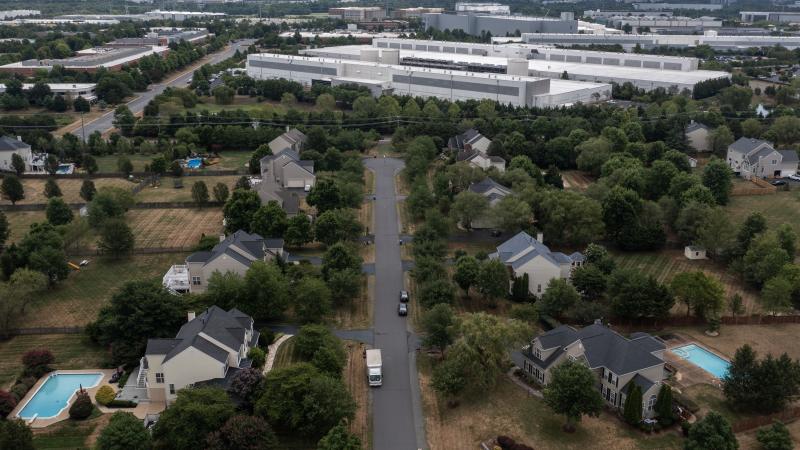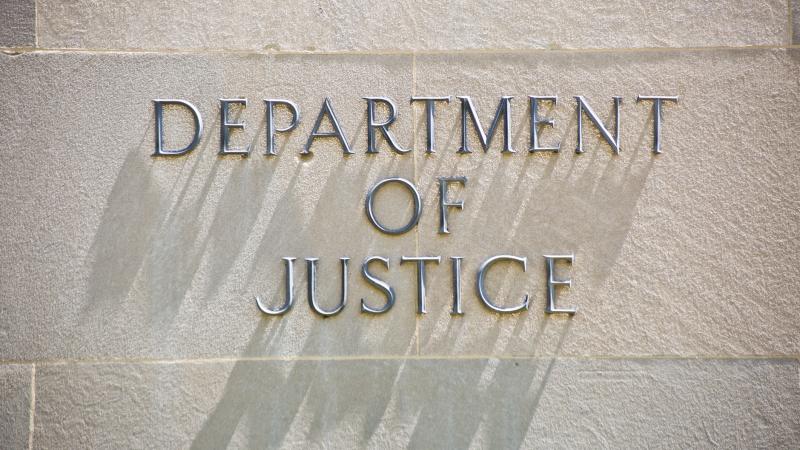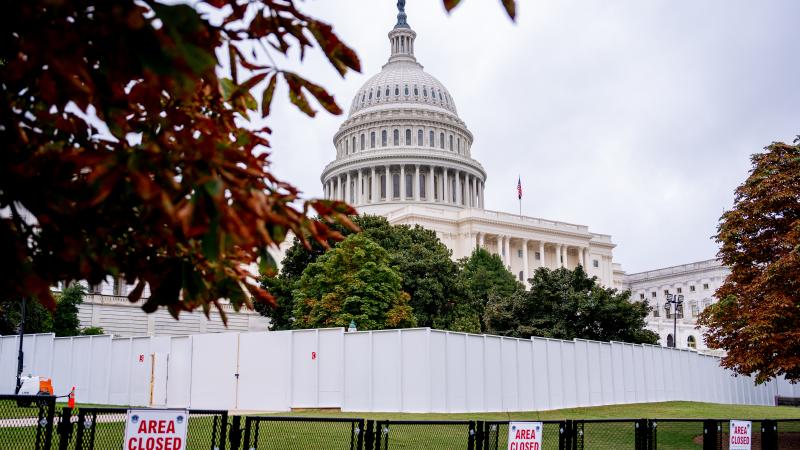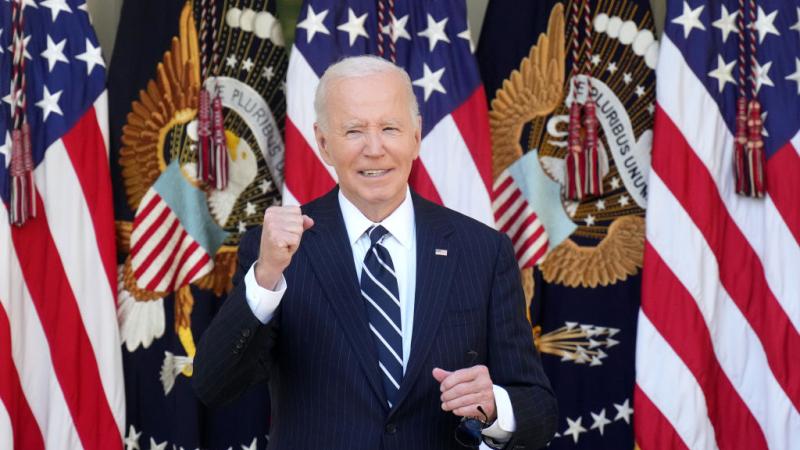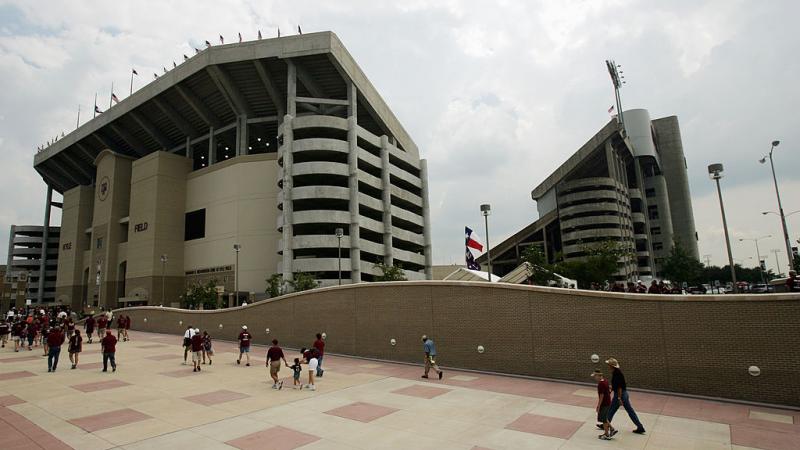Average gasoline prices up since December and likely to rise further as tariffs take effect
The Northeast will see the starkest and most immediate impacts. Areas such as the South, which aren't reliant on Canadian refineries or Canadian crude won't see much of the impact.
Americans have been paying more at the pump over the past few months, and experts say it may get worse in the next few months.
Demand rises as people do more traveling during the warmer months, refineries begin implementing summer blends that are more expensive, and tariffs on Canadian and Mexican imports went into effect Monday.
The average retail price for gasoline was down around $2.97 per gallon in December, according to GasBuddy data. The average price increased to $3.16 per gallon in mid-February, and it is down to $3.10 on Wednesday. That was after a jump of 6 cents since March 2.
In an effort to rebalance trade with Mexico and Canada, President Donald Trump imposed a 25% import on imports from the U.S. neighbors. The tariffs on energy products are 10%.
In a forecast on the impacts of these tariffs, Patrick De Haan, vice president of petroleum analysis for GasBuddy, explained they will drive up gasoline prices 5 to 40 cents over the next several weeks. The timing and degree of the impacts depends on the area of the country.
The Northeast, De Haan said, will see the most immediate impacts on everything from jet fuel to diesel due to its reliance on a Canadian refinery for those products. Over the next 10 days, he said, the Northeast will see a jump of 20 to 40 cents.
“Gas stations throughout New England – areas like Maine, Vermont, New Hampshire, Connecticut, Rhode Island, Massachusetts, and even northeastern New York – are going to see a pretty hefty increase over the next one to two weeks,” De Haan said in a video statement.
The Great Lakes, Midwest and Rockies regions aren’t reliant on Canadian imports of refined products, but the refineries they rely on import Canadian crude oil. In those areas, De Haan said, there will be a jump of 5 to 40 cents, and it will take place over the next several weeks.
The West Coast, South and parts of the East Coast aren’t as reliant on refined products or crude oil from Canada, and they might only see an increase of a couple cents per gallon on gasoline, the analyst said.
De Haan noted that the tariffs could be rescinded and the whole picture could change. The situation could escalate as well. During a press conference Tuesday, Ontario Premier Doug Ford said that he would impose a 25% surcharge on energy exports to New York, Michigan and Minnesota, USA Today reported.
“It’s a very fluid situation,” De Haan said.
There are a number of other factors at play that could increase or decrease what Americans pay at the pump. Refineries are starting to switch to summer blends, which lowers emissions but raises costs as much as 15 cents per gallon. Higher demand for gasoline due to increased travel, according to GasBuddy, adds another 5 to 15 cents per gallon.
In his forecast, De Haan also noted that tariffs can slow down the economy, which will lower demand. That could temper some of the effects of the tariffs on energy costs.
